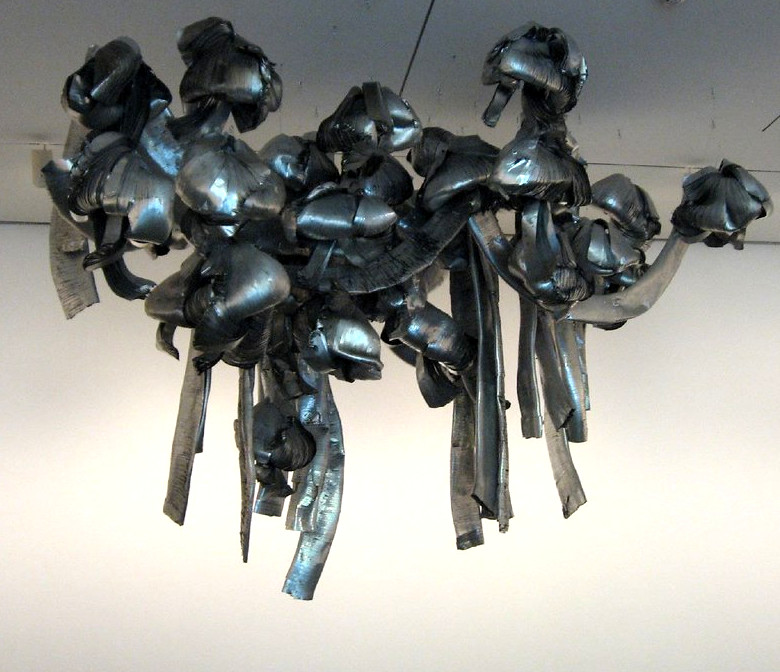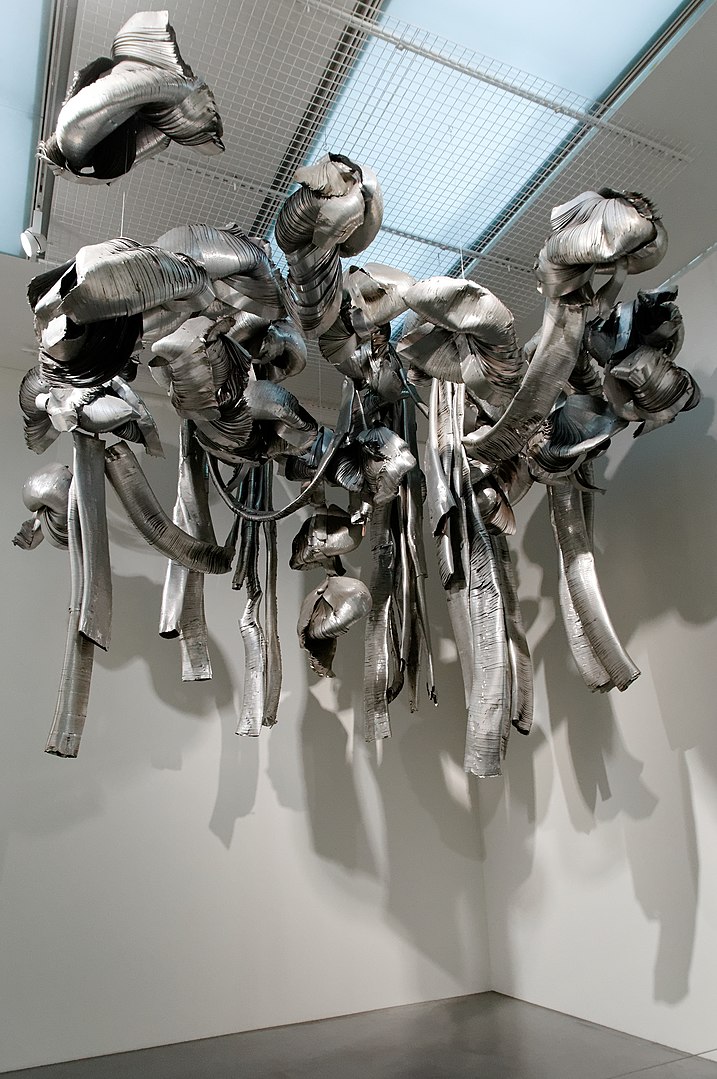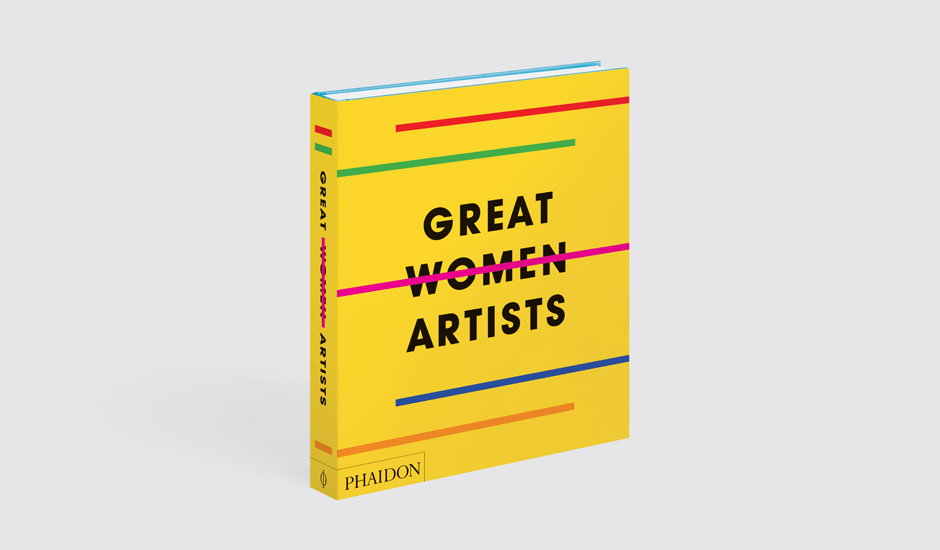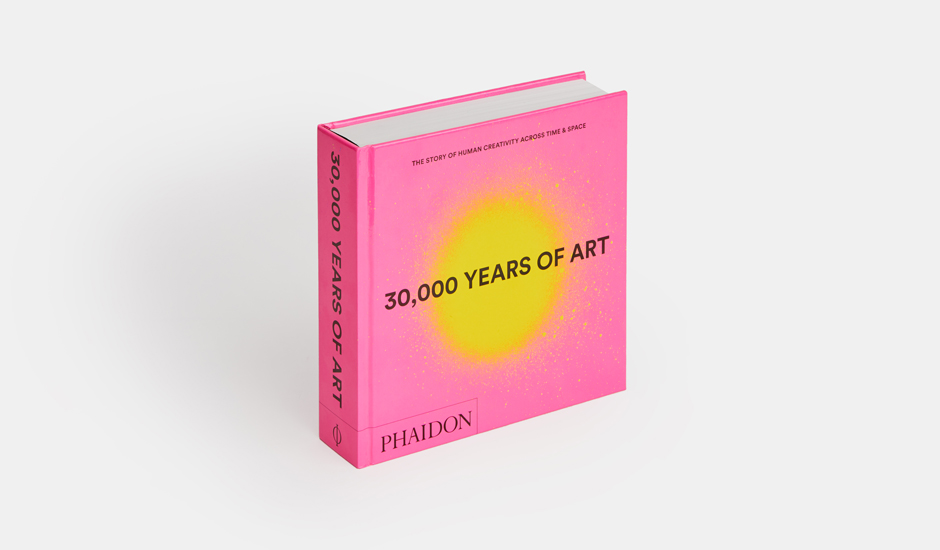
Remembering Marisa Merz
Merz, who died last week, was the only woman in Arte Povera; she may have been the best in that movement too
Arte Povera certainly turned many of Italy’s fine-art preconceptions upside down, but some old ways of thinking remained in place. “In the late 1960s the Italian critic Germano Celant wrote extensively on what he termed ‘Arte Povera’ (Poor Art), organizing a number of exhibitions featuring artists whose work incorporated a wide range of raw and humble materials, such as stone, newspaper, soil, rags, vegetables and animals,” explains our book, 30,000 Years of Art. “In his earliest conception of the term, Celant argued that artists should adopt the tactics of guerrilla fighters, since the guerrilla was ‘capable of choosing his places of battle’.”
That war-like analogy hinted at Art Povera’s gender balance: almost all of these challenging young artists were men. All, in fact, bar Marisa Merz, who died last week in Turin at the age of 93.
“Merz was for many years the lone female member of the Italian Arte Povera movement," explains our new book, Great Women Artists. “Making works that often suggest organic forms, at various times she has used clay, copper, aluminium and waxed paper. Her first solo exhibition was held in 1967 at Gian Enzo Sperone Gallery in Turin, comprising an installation made from aluminium foil. A year later, she participated in ‘Arte Povera + Azione Povera’, a three-day event in Amalfi, Italy, which included other artists from the movement such as Michelangelo Pistoletto and her husband Mario Merz.”

Over the following decades, Merz was viewed by some as a lesser figure within the movement. However, in recent years, many critics have reassessed her position, particularly, following her more 21st century exhibitions and accolades, such as the Golden Lion Lifetime Achievement award, given to at the artist the 55th Venice Biennale in 2013; and her first major US retrospective, staged at the Met Breuer in New York in 2017. “Critic Peter Schjeldahl has called her ‘the liveliest artist in a movement that was often marred by intellectual and poetic pretensions’,” says the text in Great Women Artists.

“An occasion that might have seemed a revisionist historical footnote turns out to be more like the best saved for last,” Schjeldahl concluded, in his review of that 2017 show.
For proof of Schjedahl's point, as well as much more besides, order a copy of Great Women Artists here; for more on Arte Povera get this book; and for more on the movement's place in the greater sweep of art history, get 30,000 Years of Art.
